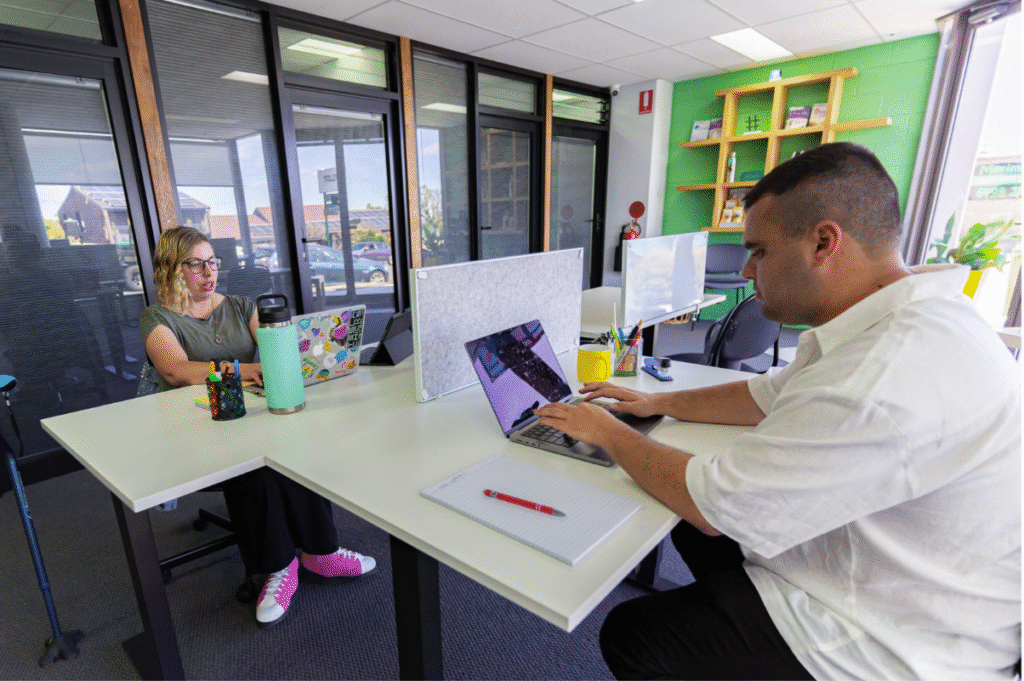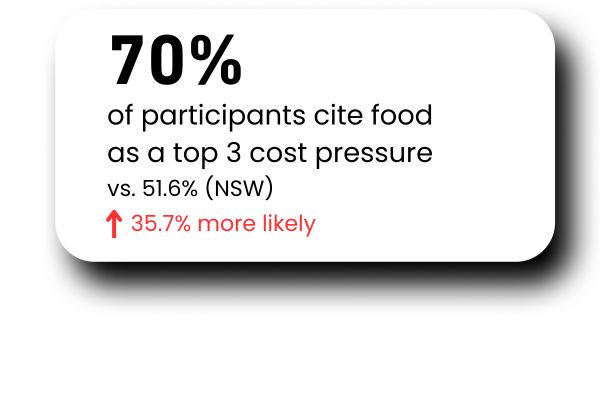The Challenge
Healthcare in NSW is too often difficult to access and unaffordable. Geographical gaps and high costs are compounded by issues such as digital exclusion and lack of transport. This prevents those experiencing poverty and disadvantage from receiving timely and appropriate care, which leads to poor health outcomes and deepens inequality — making it harder for communities to break the cycle of disadvantage.
The Facts
- Almost one-quarter of people in NSW go to their local emergency department because their GP was unavailable (23%).
- The rising cost of living impacts people’s ability to afford essential health and wellbeing items. For people in low-income households and living below the poverty line in 2024, almost half:
- Went without prescription medication/healthcare (46%), increasing from 37% in 2022
- Skipped a meal (44%), increasing from 34% in 2022
- Could not afford essential travel including to access healthcare (44%), increasing from 37% in 2022
- People across NSW are particularly struggling to pay for GPs, specialists and dentists:
- One in 10 can’t afford to see a GP (10%), higher in regional NSW (15%)
- Almost one-quarter people in regional NSW can’t afford to see a specialist (24%), higher than NSW overall (17%)
- One in five can’t afford to see a dentist (21%), rising to almost a third in regional NSW (30%)
Our Position
Every person in NSW, regardless of income, location or background, can easily access affordable, high-quality healthcare and support.
Policy Priority
Description
Improve affordability and reduce out-of-pocket costs
Strengthen people’s ability to cover the cost of healthcare, including through raising the rate of Commonwealth income support, expanding bulk-billing and improving fee transparency of healthcare providers.
Enhance access and availability, particularly for regional communities
Improve healthcare options for people in regional communities, including better access to healthcare both within and beyond their local area. This includes:
- Expanding transport options and subsidies
- Addressing workforce shortages
- Expanding virtual care and mobile outreach services




